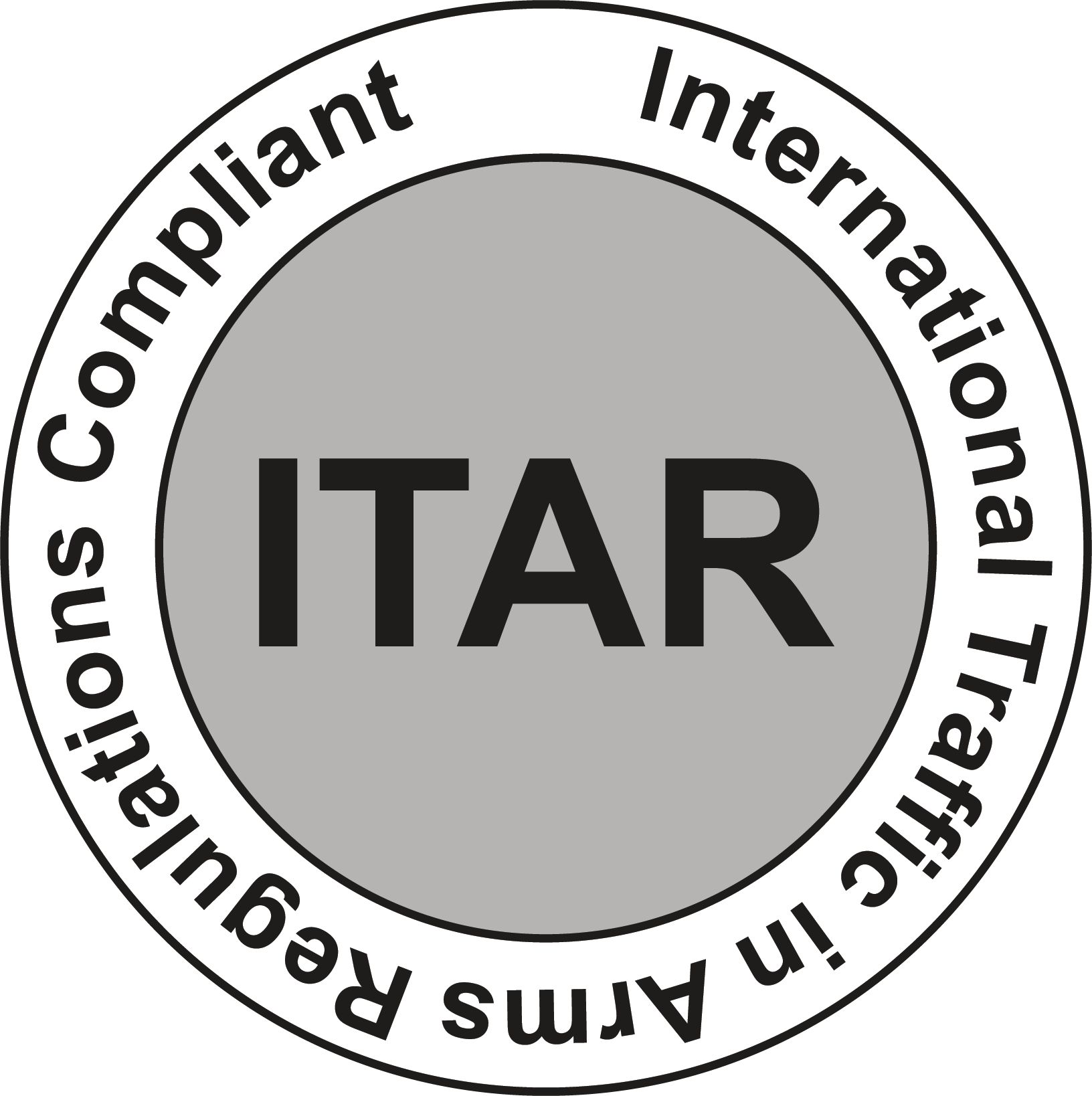
INFRARED ANTI-REFLECTIVE COATINGS
What is an IR Anti-reflective Coating?
An anti-reflection (AR) coating is a type of optical coating applied to the surface of optical filters and other optical elements to reduce reflection. In typical imaging systems, this improves efficiency since less light is lost due to reflection. In complex systems such as telescopes and microscopes, the reduction in reflections also improves the contrast of the image by elimination of stray light. This is especially important in planetary astronomy. In other applications, the primary benefit is the elimination of the reflection itself.
Many coatings consist of transparent thin film structures with alternating layers of contrasting refractive index. Layer thicknesses are chosen to produce destructive interference in the beams reflected from the interfaces, and constructive interference in the corresponding transmitted beams. This makes the structure's performance change with wavelength and incident angle, so that color effects often appear at oblique angles. A wavelength range must be specified when designing or ordering such coatings, but good performance can often be achieved for a relatively wide range of frequencies: usually, a choice of IR, visible, or UV is offered.
Andover produces a non-radioactive dielectric multilayer coating designed to reduce the reflection of Germanium substrates in the infrared. With an AR Coating, reflection is reduced from 36% per surface to less than 1% per surface. Constructed of hard, durable first-surface dielectric optical coatings on optical-quality germanium substrates, these filters will withstand cleaning and handling associated with any high-quality optical component. For your convenience and economy, we offer these filters in two standard sizes: 25 mm and 50 mm dia. However, we can produce custom sizes and shapes, as well as custom optical characteristics.
Contact our technical sales department for a quote.
|
Anti-reflective Coatings Benefits
|
COMMON APPLICATIONS
|
| General Specifications | |
| Thickness: | 1.0 ±0.2mm |
| Diameter Tolerance: | +0/-0.2mm |
| Min. Clear Aperture: | 90% of outside dimension |
| Substrate Material: | Germanium (other substrates available) |
| Flatness: | 2 waves at 632.8nm |
| Parallelism: | <5 arc minutes |
| Surface Quality: | 80/50 per MIL-C-48497A |
| Coating Quality: | 80/50 per MIL-C-48497A |
| 24-hour humidity: | per MIL-C-48497A |
| Moderate Abrasion: | per MIL-C-48497A |
| Adhesion: | per MIL-C-48497A |
| Operating Temperature: | -196°C to +200°C |
| Mechanical: | Unmounted |







